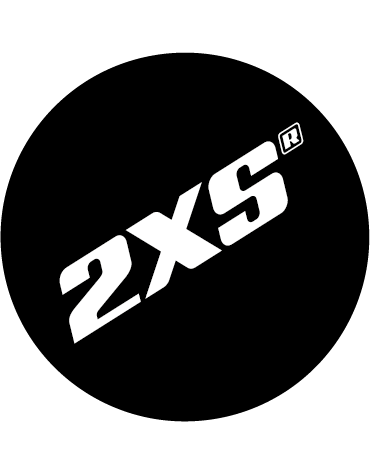The first thing that you may have noticed is that being a new sport, no one has actually fixed a name for it. You may see it called SUP, SUPing, stand up paddling, stand up paddle surfing, paddlesurfing, paddleboarding, stand up paddleboarding: it’s all the same thing!
I want to have a go
• How to hold the paddle
• Safety
• How to turn around
• How to paddle
A great place to start is at X-Train, West Wittering. We offer a Learn to Paddlesurf Course covering everything mentioned above. It lasts 2 hours and costs £45. We provide all the equipment, including a hot shower and tea / coffee. All you need to bring is a towel! X-Train is run by Simon Bassett who is a BSUPA head coach. As well as running paddlesurf courses, X-Train trains BSUPA instructors.
Why Paddlesurf in West Wittering
 Most importantly, paddlesurfing is not anywhere near as condition dependent as other sports. For windsurfing and kitesurfing you need wind, for surfing you need waves, but paddlesurfing can be done in flat water, waves, wind or no wind. This means that it lends itself very well to the UK’s changeable weather conditions!
Most importantly, paddlesurfing is not anywhere near as condition dependent as other sports. For windsurfing and kitesurfing you need wind, for surfing you need waves, but paddlesurfing can be done in flat water, waves, wind or no wind. This means that it lends itself very well to the UK’s changeable weather conditions!The boards are fairly large and so it’s easy to learn the basics without taking too many dunkings. Also, the large size makes it easy to catch very small waves – once again, perfect for the UK!
Paddlesurfing gets you very fit. The paddling motion gives you a great core workout – when you come in after a long session, you can definitely feel it, and let’s face it, it’s a lot more fun than going to the Gym!
You don’t need much equipment: 1 board, 1 paddle, 1 wetsuit, done! Compare that to windsurfing: board, sail, mast , boom, extension, base, harness, wetsuit, not to mention lots of rope, footstraps etc…. This keeps paddleboarding affordable.
What size board do I need to start?
 It helps to start on a fairly large board (around 12 foot) – the 11’0 NSP at £425 for instance is a great choice. Don’t think for a second that these large boards don’t perform – the shaping makes them very agile in the biggest of waves!
It helps to start on a fairly large board (around 12 foot) – the 11’0 NSP at £425 for instance is a great choice. Don’t think for a second that these large boards don’t perform – the shaping makes them very agile in the biggest of waves! Full carbon paddles like the Kialoa shaka pu’u are great. They are very stiff, light and offer a lot of performance to your paddling. However, you can save quite a lot of money when you start if you go for an alloy paddle like an Ainsworth paddle at £55.
Full carbon paddles like the Kialoa shaka pu’u are great. They are very stiff, light and offer a lot of performance to your paddling. However, you can save quite a lot of money when you start if you go for an alloy paddle like an Ainsworth paddle at £55.


